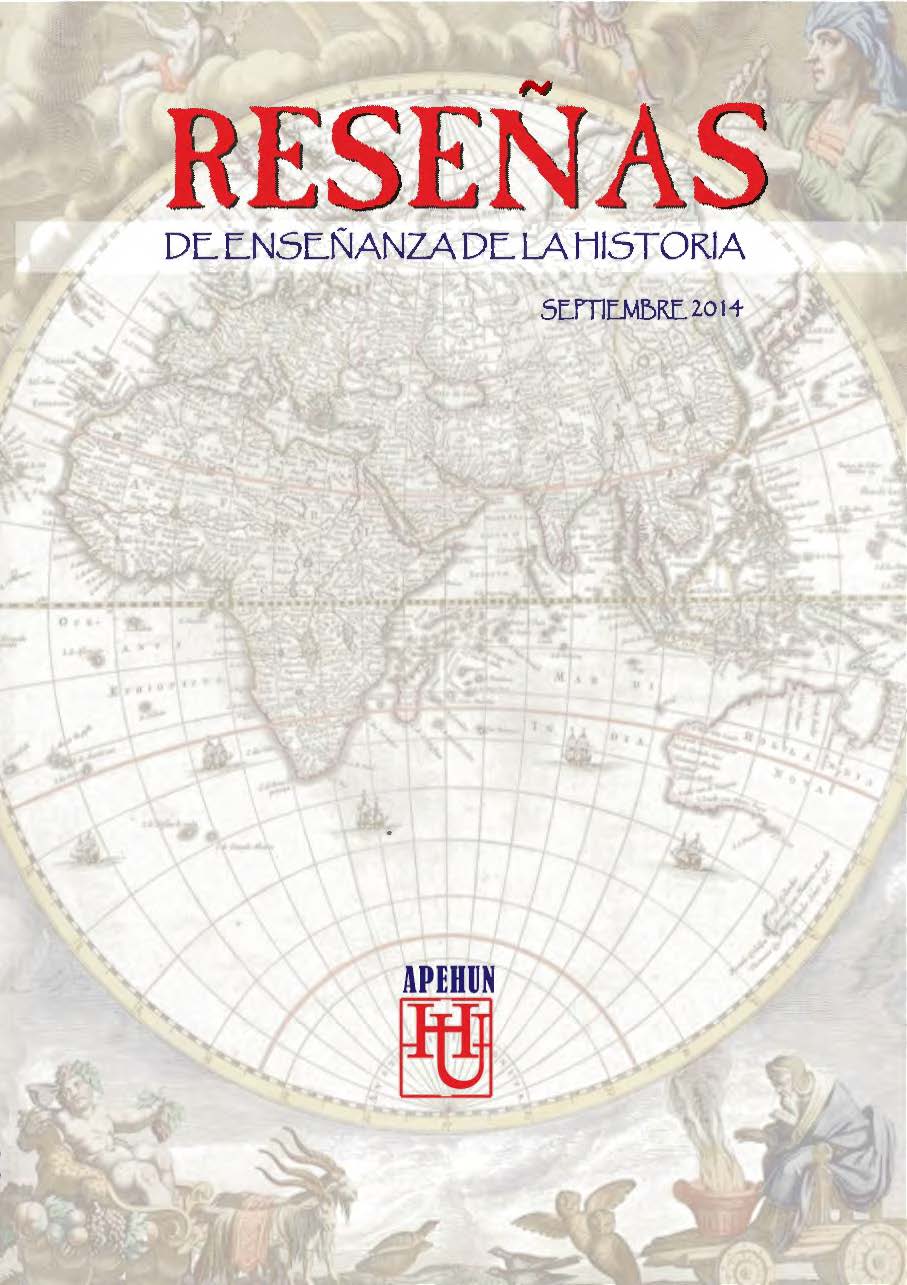¿Qué es el tiempo?, ¿para qué y cómo se enseña? Las representaciones sociales de seis estudiantes de profesora de educación infantil sobre el tiempo histórico y su enseñanza
Main Article Content
Abstract
This paper describes the social representations of six preservice early childhood teacher. In order to investigate their representations a focus group was conducted at an Institution for preservice early childhood teacher located in Morelia, Michoacán, Mexico. The data showed that preservice teachers understand teaching time from the timing concept perspective. One of the reasons of this conception is because the early childhood curriculum suggests that the time concept should be taught from the contents proposed in the field of knowledge Mathematical Thinking.
Downloads
Article Details

This work is licensed under a Creative Commons Attribution-NonCommercial-ShareAlike 4.0 International License.
Reseñas de Enseñanza de la Historia distribuye sus contenidos bajo la licencia https://creativecommons.org/licenses/by-nc-nd/4.0
Usted es libre de:
Compartir - copiar y redistribuir el material en cualquier medio o formato.
La licenciante no puede revocar estas libertades en tanto usted siga los términos de la licencia.
References
ARANDA, A. M. (2003). Didáctica del Conocimiento del Medio Natural y Social. Madrid: Síntesis.
COOPER, H. (2002). Didáctica de la historia en la educación infantil y primaria. Madrid. Ministerio de Educación, Cultura y Deporte. Editorial Morata
HERNÁNDEZ, L. (2013). ¿Cómo interpretan las estudiantes de maestra de educación infantil el término socialización? La Socialización y la Enseñanza de las Ciencias Sociales en la Formación Profesional Inicial.
Nuevas Dimensiones, (4), pp. 1-20. Recuperado de: https://www.dropbox.com/s/ka5bpx30384ie55/Hernandez%2C%202013%20.pdf
HERNÁNDEZ, L & PAGÈS, J. (2013) ¿Dónde aprenden a enseñar ciencias sociales las estudiantes de maestra de educación infantil? La práctica docente de las maestras de educación infantil. [Con] textos, 2 (8), pp. 11-20.
JODELET, D. (1985). La representación social: Fenómenos, Conceptos y Teoría. En S. Moscovici, Psicología Social II (pp. 469-494). Barcelona: Paidós.
LEVSTIK, L. S., & BARTON, K. C. (2004). Teaching History for the Common Good. New Jersey: Lawrence Earlbaum Associates
PAGÈS, J. (1989). “Aproximación a un currículum sobre el tiempo histórico”, en Rodríguez Frutos, J. (ed.): Enseñar historia. Nuevas propuestas (pp. 107-138). Barcelona, Laia/Cuadernos de Pedagogía
PAGÈS, J., & SANTISTEBAN, A. (2011). Enseñar y aprender el tiempo histórico. En J. Pagès, & A. Santisteban. Didáctica del Conocimiento del Medio Social y Cultural en la Educación Primaria (pp. 229-346). España: Síntesis.
PAGÈS, J. & SANTISTEBAN, A. (2010). La enseñanza y el aprendizaje del tiempo histórico. Cadernes Cedes, pp. 281-309. PROGRAMA DE EDUCACIÓN INFANTIL (2004, 2011). México, D.F.: SEP.
ZEICHNER, K. M., & GORE, J. (1990). Teacher socialization. En W. R. Houston, M. Haberman, J. P. Sikula, & Association of Teachers Educators , Handbook of Research on Teacher Education (pp. 329-348). New York: Macmillan.

